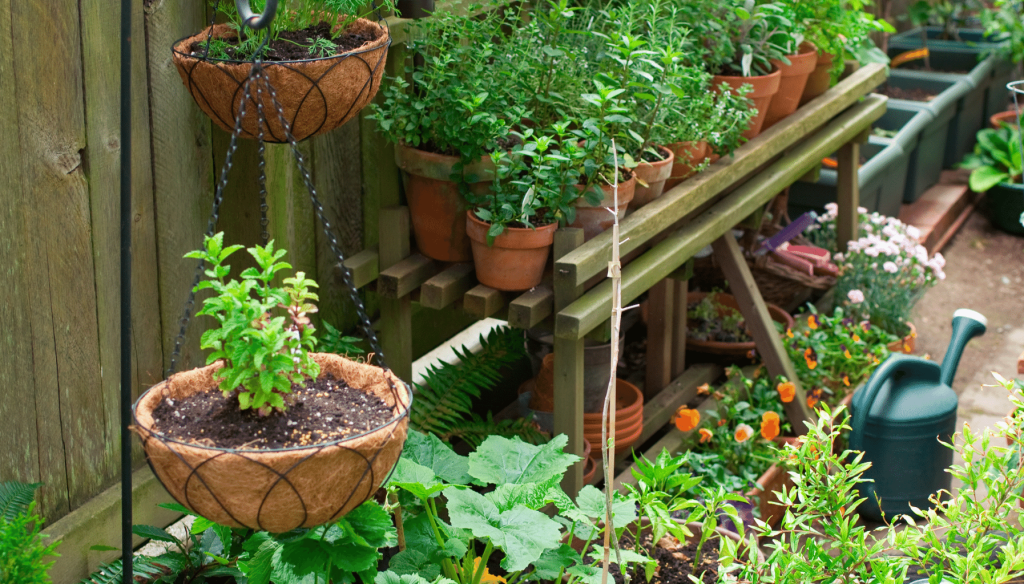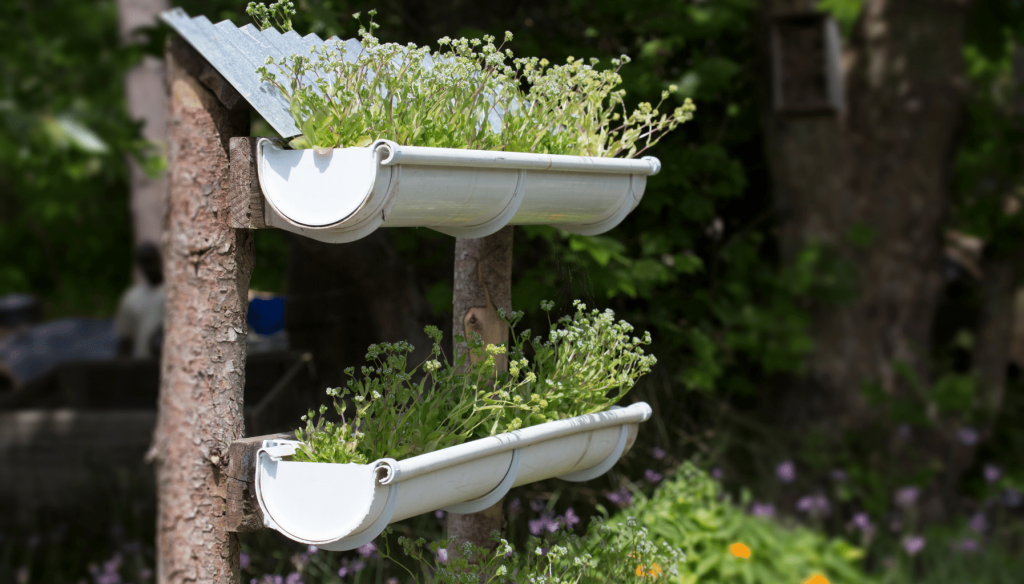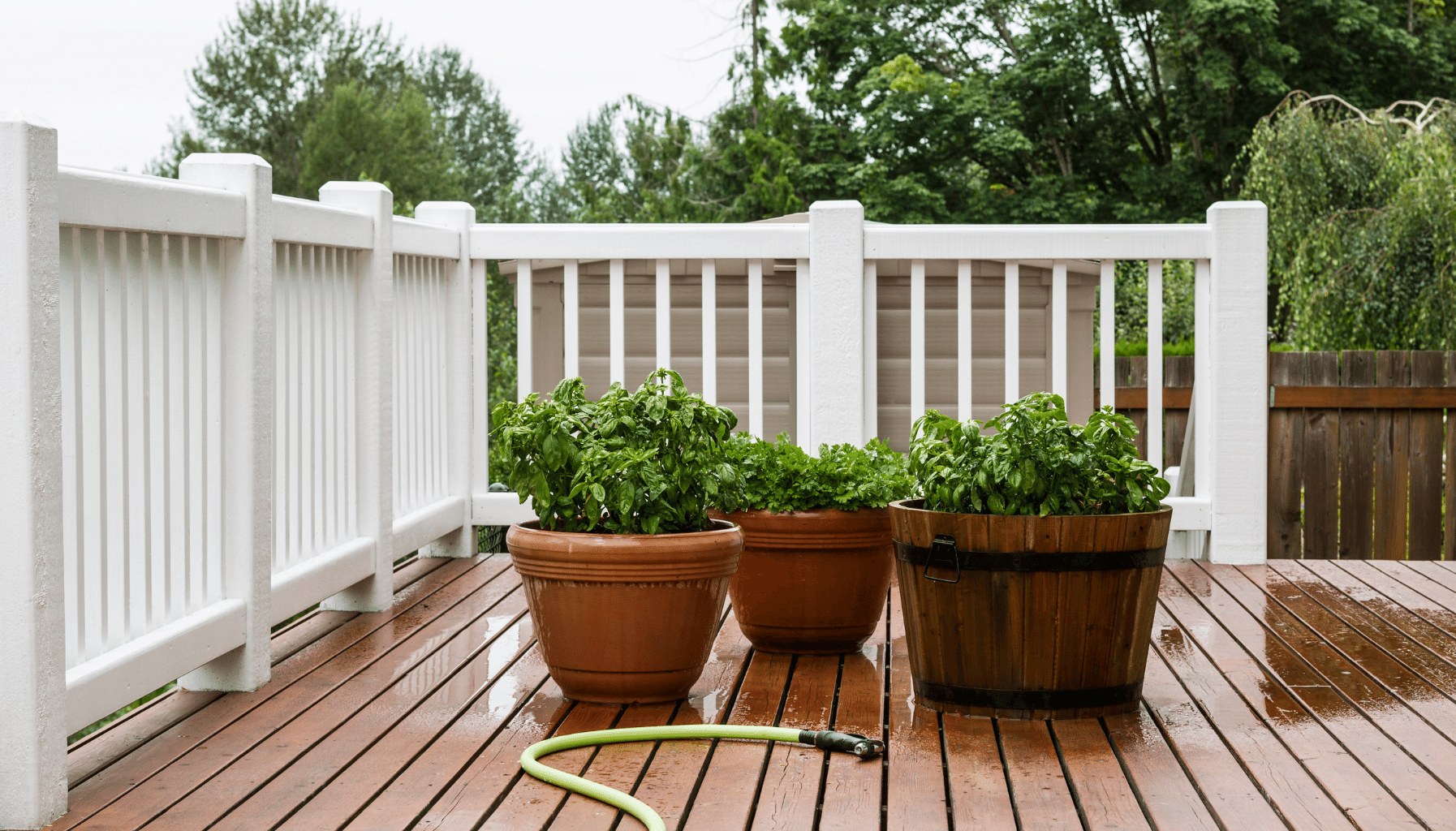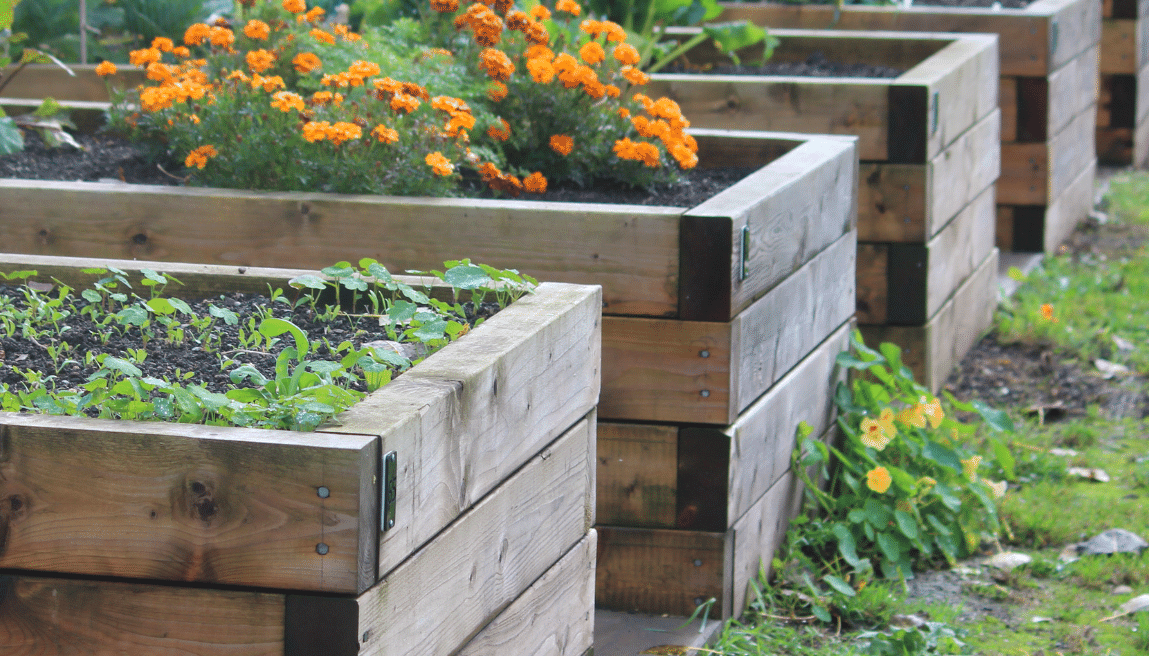
To cultivate a flourishing garden in a compact space, it is essential to understand the secrets and techniques that can enhance the productivity of your garden bed. Raised bed gardens offer numerous advantages, including improved soil drainage, greater control over soil quality, and decreased weed proliferation.
By maximizing the utilization of limited space, carefully selecting a suitable location, and meticulously tailoring the soil composition, gardeners can establish an optimal growing environment for their plants.
Besides, choosing the appropriate plants for a raised bed garden and tending to them diligently throughout the growing season are fundamental steps for ensuring a bountiful harvest.
How To Design A Raised Bed Garden
Crafting a successful garden layout in a raised bed involves several essential steps contributing significantly to its overall prosperity. Begin by carefully selecting a suitable area with ample sunlight and excellent drainage.
Consider the size and shape of the raised bed, as well as factors such as the available small space and your gardening goals.
Opt for quality materials like lumber to construct the raised bed and plan for a proper garden soil mixture enriched with compost and amendments.
Factor in companion planting and proper plant spacing for optimal growth. Implement efficient irrigation techniques, such as drip irrigation, for effective watering.
Regular monitoring and maintenance are crucial for a thriving raised bed garden.

Tips For Maximizing Small Garden Spaces
Maximizing your small outdoor oasis can be a rewarding challenge, especially when you incorporate innovative strategies to optimize the space. One effective method is using vertical elements such as trellises or hanging planters.
These structures allow you to grow plants upwards, expanding your planting area creatively.
Compact plant varieties are also beneficial for maximizing the garden space, delivering a generous harvest while conserving room.
Incorporating raised beds into your garden layout can provide defined growing spaces and enhance the overall utilization of the area. Raised bed kits offer a convenient solution for successful gardening in limited spaces, as they allow you to fill the raised bed with soil and quickly build a structured garden area.
By filling your raised beds with various plants, you can create a vibrant and flourishing garden that makes the most of your available space.
Maximizing Your Small Outdoor Oasis
- Vertical elements like trellises or hanging planters can creatively expand your planting area.
- Compact plant varieties are beneficial for maximizing garden space and delivering a generous harvest.
- Raised beds provide defined growing spaces and enhance the overall utilization of the area.
- Raised bed kits offer a convenient solution for successful gardening in limited spaces.
Improving Drainage In Your Garden Beds
Enhancing drainage in garden beds is crucial for maximizing the vitality of your plants and avoiding water logging issues. Recognizing the significance of proper water flow is fundamental for successful gardening.
Symptoms such as drooping seedlings, damp soil, and soggy in-ground gardens can signal the necessity for action.
Selecting the appropriate raised bed soil mixture that encourages optimal drainage is vital for the well-being of your plant roots.
Constructing raised beds can greatly enhance drainage by permitting excess water to drain away more efficiently. Implementing mulch and establishing drainage systems are additional techniques to prevent waterlogging and support the flourishing growth of your salad greens.
Choosing The Right Materials For Raised Beds
Selecting suitable materials for building raised beds is essential in creating a sustainable and thriving growing space for your plants. Factors to consider include durability, cost, environmental impact, health and safety, and the specific needs of your plants.
To ensure longevity, use naturally resistant wood and fill your raised bed with native soil and compost to provide essential nutrients.
This approach is ideal for those with a small garden or wanting to grow root crops efficiently.
When designing your garden, it’s important to carefully choose the materials to ensure the success of your plants.
Selecting Materials for Raised Beds
- Using naturally resistant wood can help prolong the lifespan of your raised beds.
- A mix of native soil and compost provides essential nutrients for your plants’ growth.
- Carefully selecting materials can create a strong foundation for your plants’ success.
The Importance Of Proper Soil Amendment
Gardening is an art that requires attention to detail and a deep understanding of the environment in which plants grow. To truly nurture the flourishing of plants in raised beds, it is essential to emphasize the importance of proper soil amendment.
Raised bed gardens provide a unique setting for a variety of plants and offer advantages like improved drainage and enhanced soil aeration.
To maximize the potential of plants in a raised bed, gardeners must dedicate time and effort to amend the soil effectively.
Cultivating good soil, whether through companion planting or no-till gardening methods, is crucial for the health and vitality of leafy greens and other crops. So, as you step into the bed of your raised garden, consider the significance of soil amendment for your gardening success.
Strategies For Controlling Weeds In Raised Beds
In my garden, creating effective strategies to manage weeds in raised beds is crucial for the success of your plants and maximizing your yields. Adequate preparation of the soil is fundamental to prevent the growth of unwanted weeds and support the healthy development of your plants.
Utilizing various mulching techniques can aid in suppressing weed growth and retaining moisture within the soil.
Incorporating hand weeding and cultivation practices can efficiently eliminate weeds without causing harm to your beloved plants.
Implementing companion planting methods can help deter weeds by establishing a diverse ecosystem within your garden. Regularly monitoring and maintaining your raised beds will play a significant role in preventing weed infestations.
Before considering chemical options, explore organic weed control alternatives for a more environmentally friendly approach to managing weeds in your raised bed gardens.
Weed Management in Raised Beds
- Proper soil preparation is essential for preventing weed growth and promoting plant health.
- Mulching techniques can help suppress weed growth and retain moisture in the soil.
- Hand weeding and cultivation practices can efficiently eliminate weeds without harming plants.
- Implementing companion planting methods can create a diverse ecosystem that deters weeds.
Benefits Of Drip Irrigation For Raised Gardens
Raised bed gardening provides a versatile and efficient way to cultivate healthy soil for a variety of plants. It offers many gardeners a space to work that can be easily customized to fit their specific needs.
Benefits Of Drip Irrigation For Raised Gardens
Efficient Water Usage: Drip irrigation systems deliver water directly to the roots of plants, reducing water wastage compared to traditional watering methods.
Consistent Moisture Levels: With drip irrigation, plants receive a steady supply of water, preventing dry spells that can negatively impact plant growth and health.
Minimize Weed Growth: Drip irrigation helps prevent weeds from germinating and spreading in the garden by targeting water only to the plants.
Reduce Disease Spread: Drip irrigation keeps foliage dry, reducing the risk of fungal diseases spreading through moisture on the leaves. Customizable Watering Schedule: Gardeners can easily adjust the drip irrigation system to meet the needs of their healthy soil, bed designs, and organic gardening practices, whether they’re growing pole beans in wooden raised beds or utilizing other space-saving techniques in their garden.
Creating A Successful Raised Bed Garden Design
Creating a successful raised bed garden design involves prioritizing proper planning and aesthetics. Raised beds allow easy access to water, crucial for efficiently growing fruits and vegetables.
These beds provide a compact solution for gardening in small spaces, maximizing space utilization.
Choosing the right location for your raised bed garden is key, ensuring adequate sunlight and drainage.
Consider simple raised bed DIY techniques for designing the layout and shape of your garden. Fill raised beds with nutrient-rich soil and select the best plants to thrive in your space.
Water your garden regularly and incorporate pathways for easy navigation around the garden.
Implement irrigation and drainage systems to ensure proper water distribution for optimal plant growth.
Raised beds allow for easy access to water, so it is recommended to use a drip irrigation system.
By following these guidelines, you can create a functional and visually appealing raised bed garden design that enhances your outdoor space.
Maximizing Yield In Small Space Raised Bed Gardening
Front Yard Flower Bed Ideas Unique Eye Catching Designs



